This heat unit includes some of my favorite heat experiments. The heat experiments are easy to prep, and the activities really helps students understand the concept of insulators and conductors (which almost always gives my students trouble). All you need is a glass cup, plastic cup, and 2 Styrofoam cups (one with a lid and one without a lid), a source of hot water, and thermometers. I only do this activity with one group at a time, because I get a little nervous doing it with a whole group since it does involve hot water. I had each group fill their cup with water and place all four cups in a microwave. After the water has heated up, students should record the initial temperature of the water, and then measure the temperature again after ten and 20 total minutes.
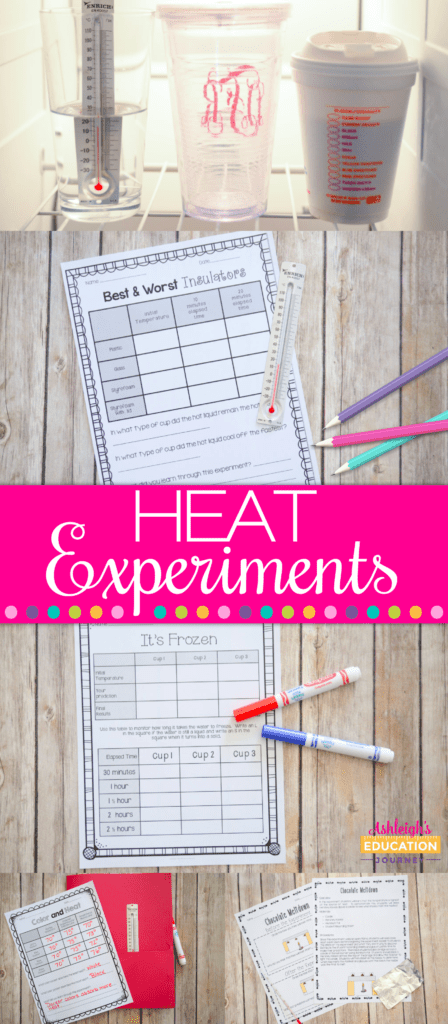
**I do not allow students to remove the cups from the microwave. I’m the only one who can touch anything until I make sure everything is safe.**
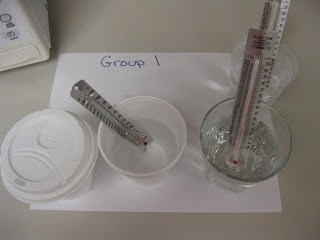
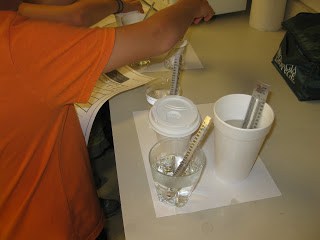
I have my students fill out this recording sheet (which is on TpT) as they work to help them organize their information. It’s always surprising to see that the class cup has the highest temperature initially, but has the lowest temperature after the 20 minutes. I cannot say how many times I heard, “This is so much fun” or “I love science” when we did this heat experiment.
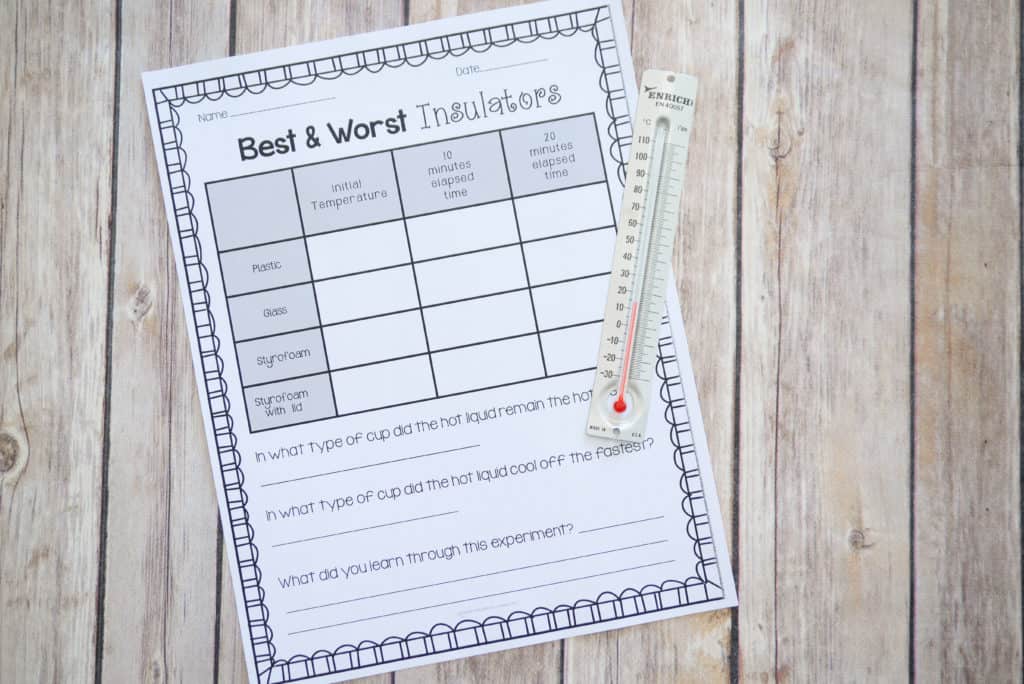
Another Option
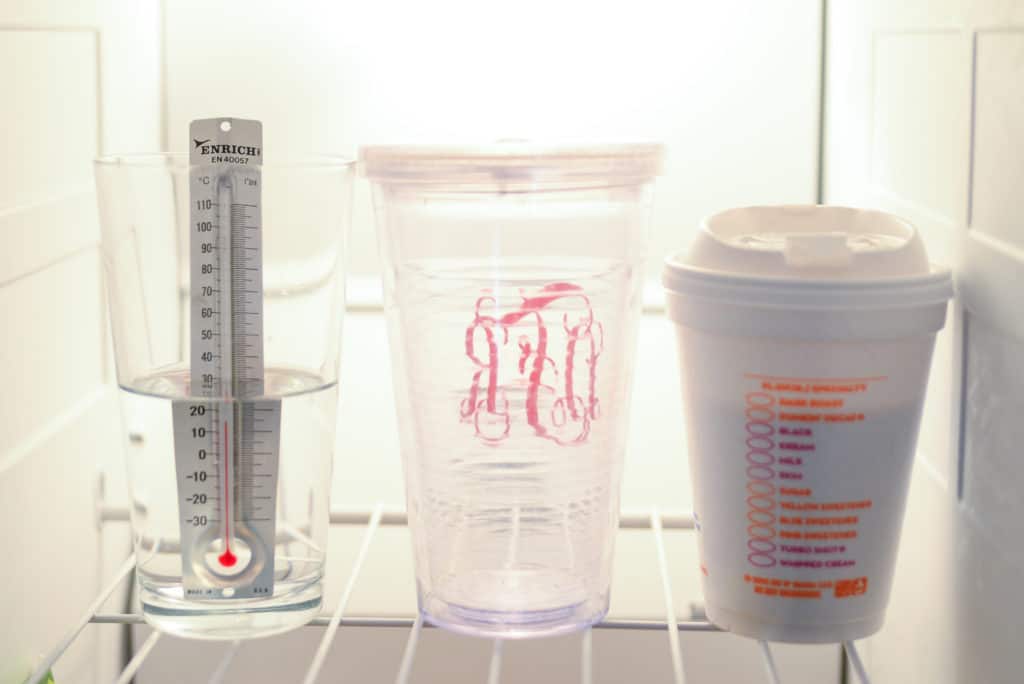
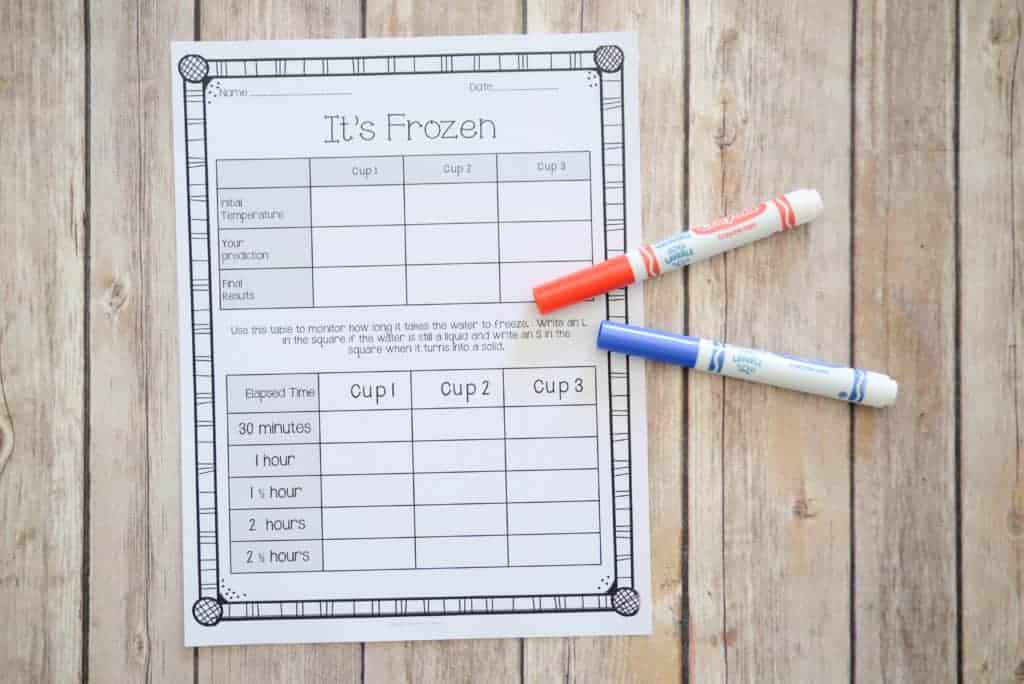
During my heat unit, I also teach how colors absorb heat differently. I have students use different colored construction paper to make pockets for their thermometers and place the thermometers inside the pockets. We place the pockets on the same surface in and in the same amount of sunlight outside and record how the temperature changes over time. There is typically a significant difference between the light and dark colored construction paper.
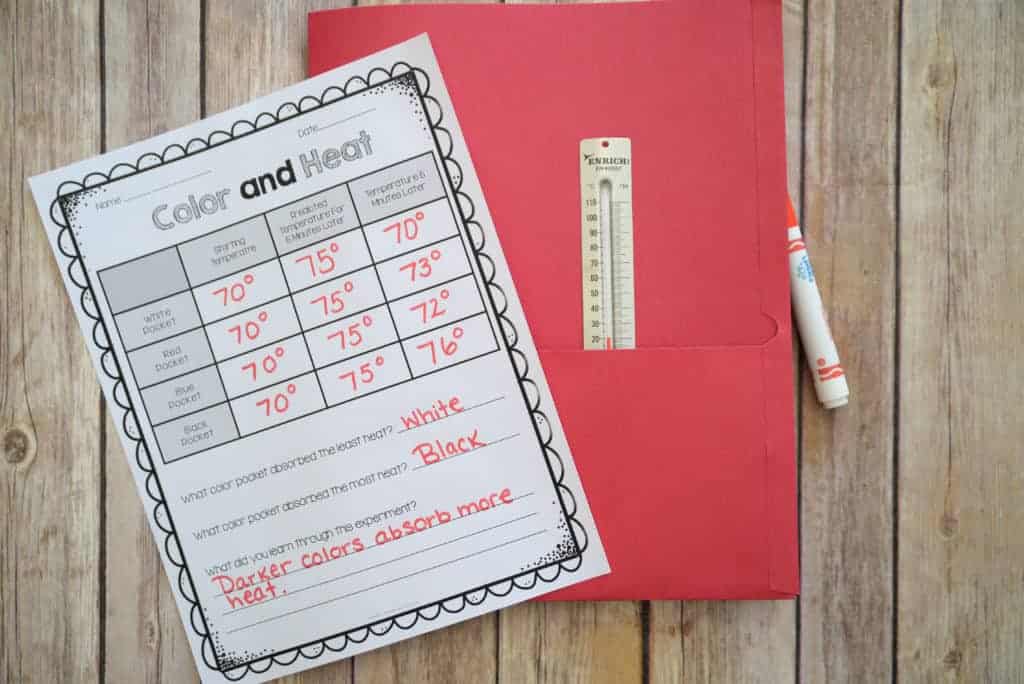
Another quick and easy activity is to place three chocolate kisses on a folded piece of aluminum foil balanced over a candle. Students should predict which kiss will melt first and why.
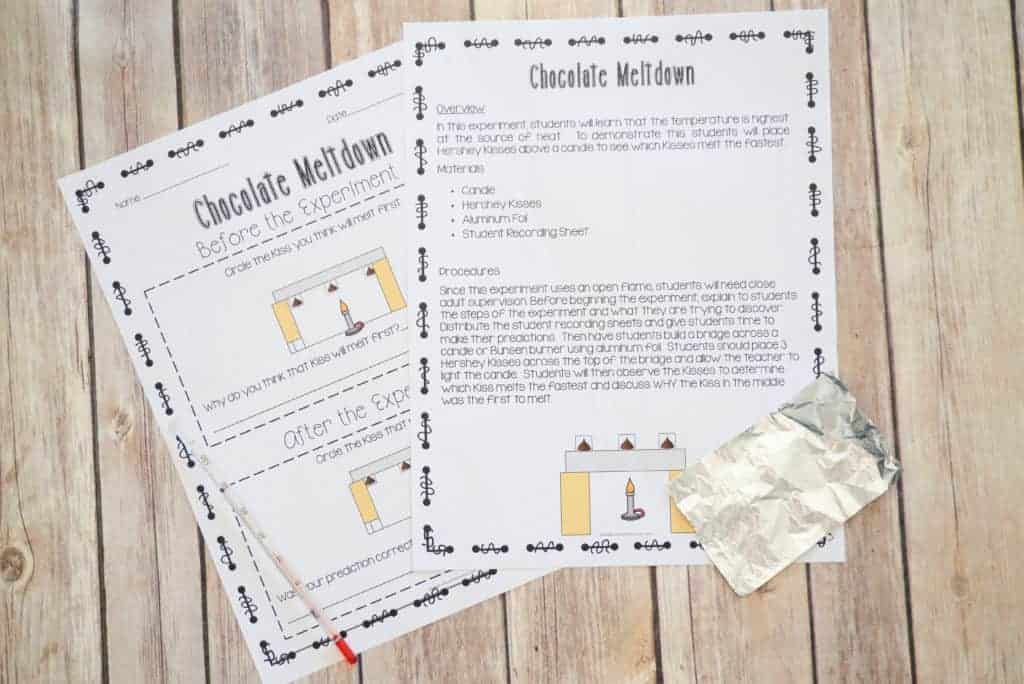
Hopefully, you have a few new heat experiment ideas! If you are a science teacher and are looking for ways to take your science instruction to the next level, don’t miss this post on teaching social studies and science.

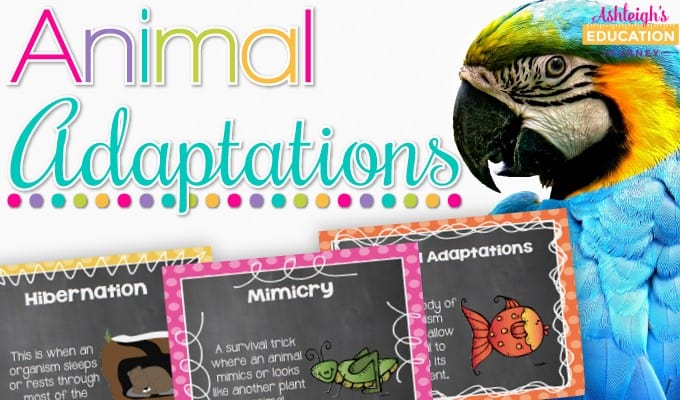
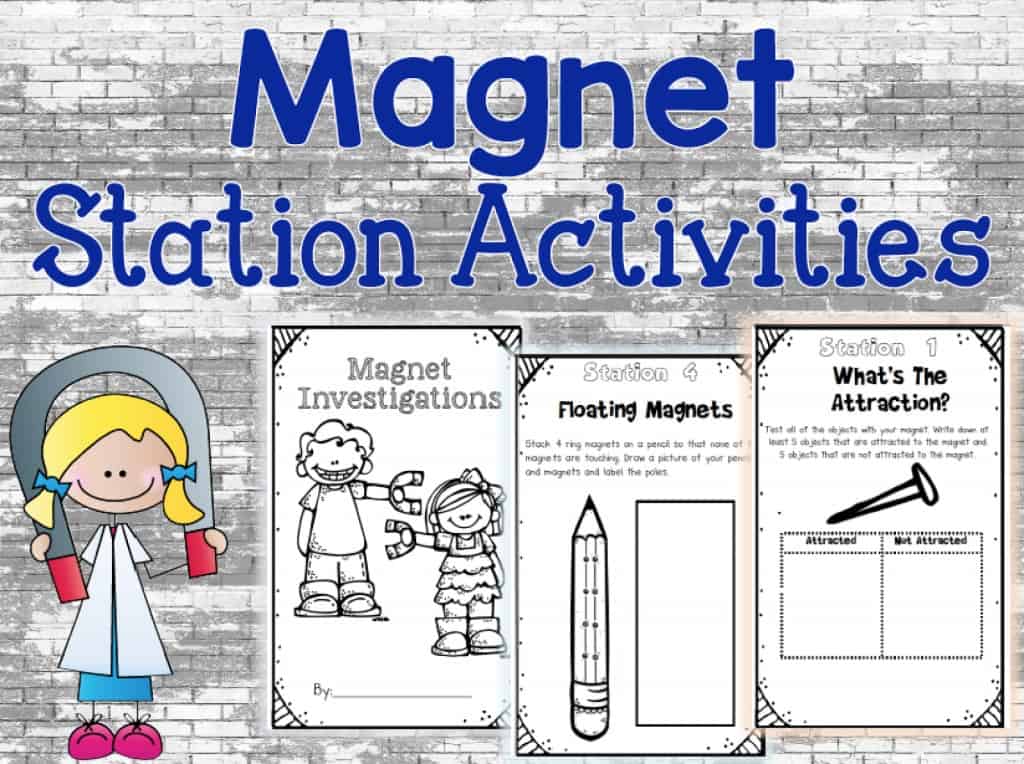
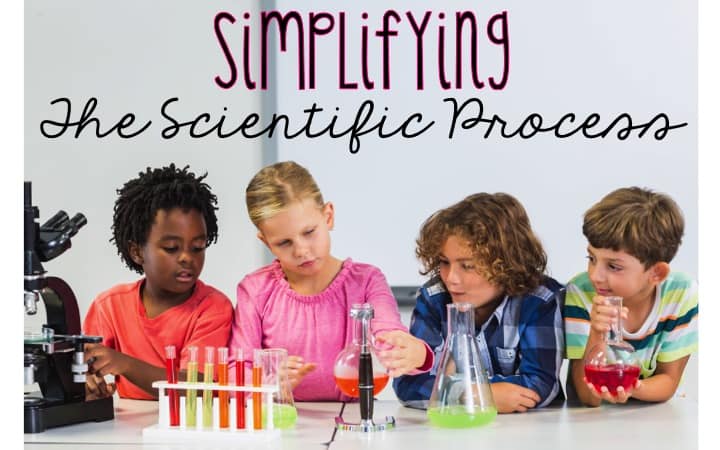
Hey there. I am looking for your heat unit on TPT but cannot seem to locate it. Can you help? I would love to purchase it.
I took it down for a face lift!!
https://drive.google.com/file/d/1-H6OosknnCT6sqVUH_60AkCaGVYv9oRq/view?usp=sharing